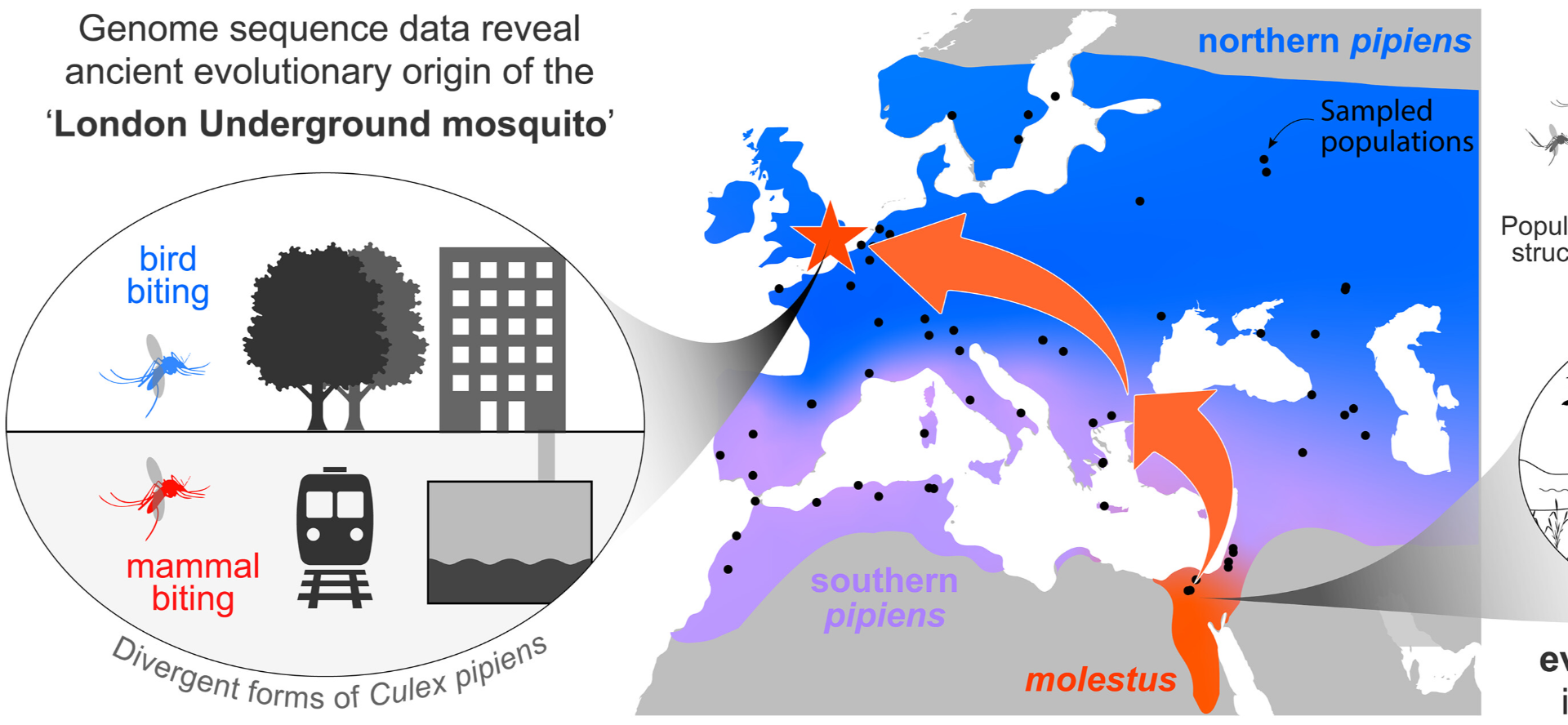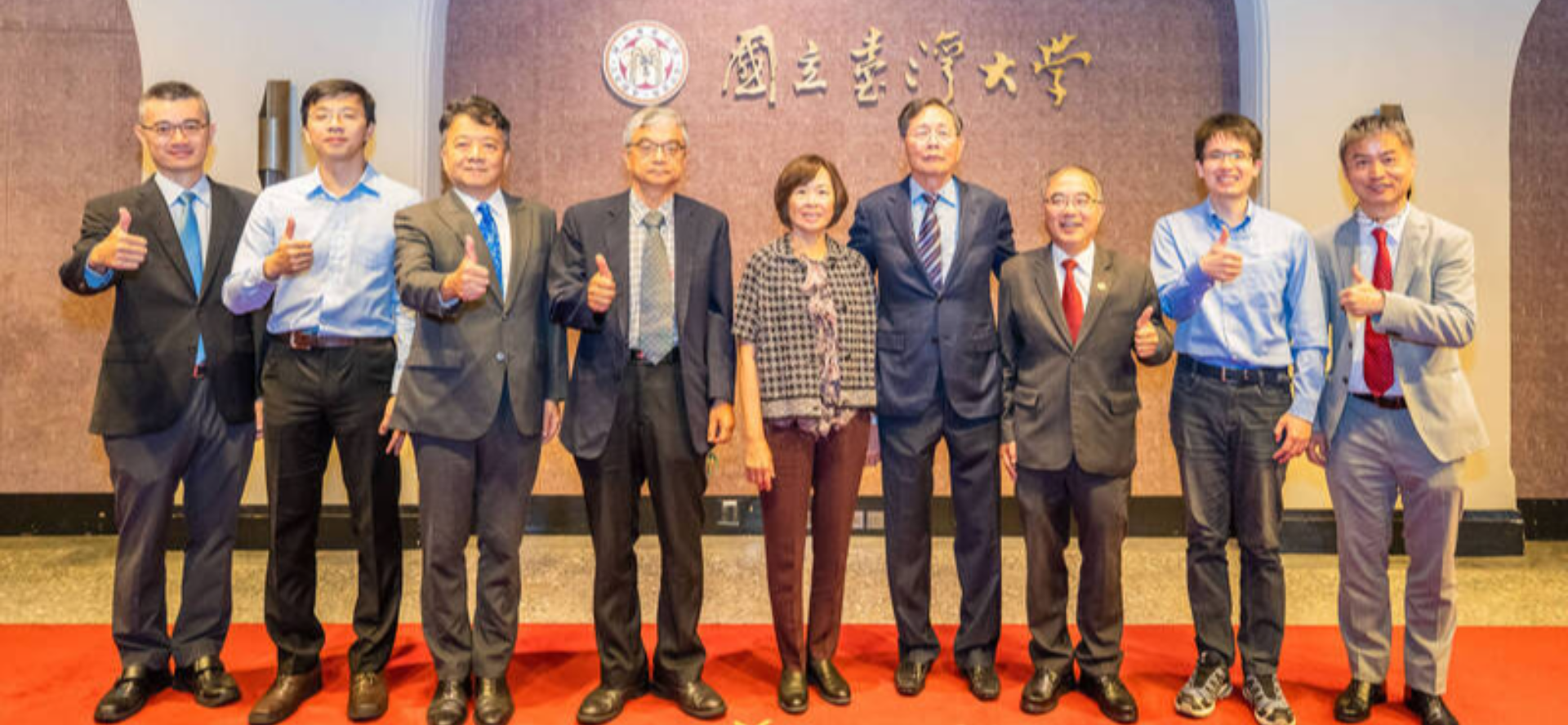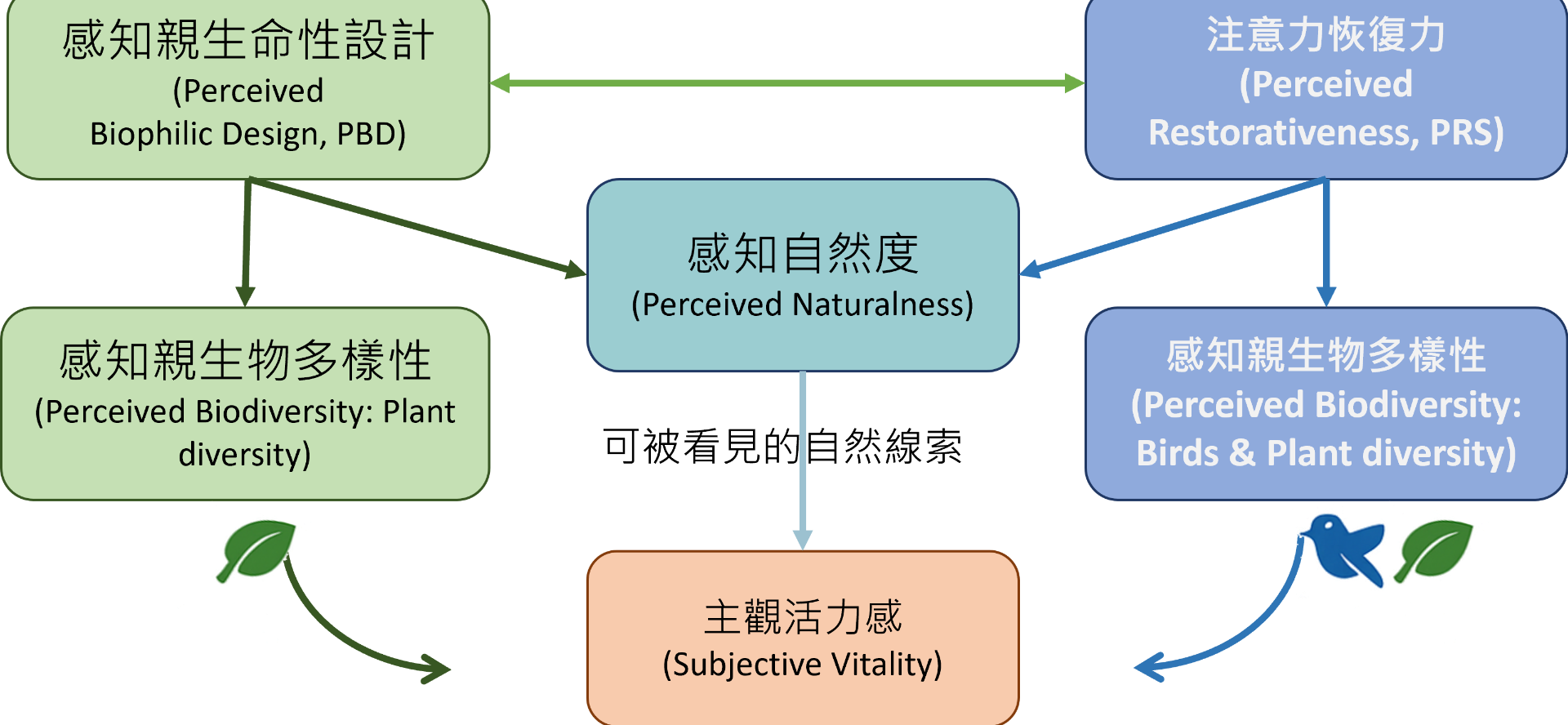During his time studying in Taiwan, Guatemalan medical student José Roberto Rodriguez Mazariegos has learned more than a new language and culture. “It opened my mind about medical research and what was possible,” he says. “Back home in Guatemala, we do not have the resources or trained people to undertake a lot of research.”
While Mazariegos focused on clinical medicine in Guatemala, he embarked on a new direction at Taipei Medical University (TMU) through its international graduate programme in medicine.
“It’s a whole different world in which you are not just prescribing medicine, but we can start from the beginning to develop new things,” he says. “It has helped me to understand that being a good clinical doctor and doing research go hand-in-hand.”
Mazariegos recently completed his master’s at TMU as part of the MOFA Taiwan Scholarship, receiving the academic achievement award for outstanding performance in the programme.
The MOFA Taiwan Scholarship, funded by the Taiwanese Ministry of Foreign Affairs, aims to encourage outstanding international students to study in Taiwan. It offers scholarships to bachelor’s, master’s and PhD candidates from countries with diplomatic ties with Taiwan. The programme includes an additional compulsory year in which scholars learn Mandarin.
“The scholarship has something different compared to other scholarships because they don’t just train you in what you want to study,” says Mazariegos. “They also give you the language.” He says that learning Mandarin in Taipei, the capital of Taiwan, extended beyond words and phrases. “It helped me, not just with the language, but also with the culture.”
Mazariegos’ research focuses on the relationship between gut microbiome and precocious puberty, which is when a child’s body starts to develop into an adult body at an unusually early age. He will also pursue his doctoral studies at TMU.
He recognises support from the MOFA programme and TMU in helping him adjust to living and studying in another country. “I came with a group of people who shared the same scholarship as me, even though they were in different fields and at different levels of study,” Mazariegos says. This created a ready-made support network, he says.
TMU offers many activities to help students immerse themselves in the culture, such as workshops and mentoring programmes. He also points to the Office of Global Engagement, which is “always open for you for any questions you have”.
The MOFA Taiwan Scholarship allows students to attend Taiwanese institutions. Mazariegos chose TMU in part because he was impressed with the application process, which invited him to an interview with the head of the course. Application interviews are not just for institutions to determine whether to take on a candidate. “It’s also for the people that are applying to get to know the university and the people there,” he says.
The deciding factor was that TMU offers many of its courses in English. “If your programme is in English, then everything is in English, including correspondence with the university,” he says. While Mazariegos can now communicate in Mandarin, he doubts he would be able to understand his medical speciality in the language. “Luckily, in Taiwan, there are many options that are available in English.”
Look for More Information
Original Article: https://oge.tmu.edu.tw/taiwan-scholarship-programme-broadens-student-horizons/













